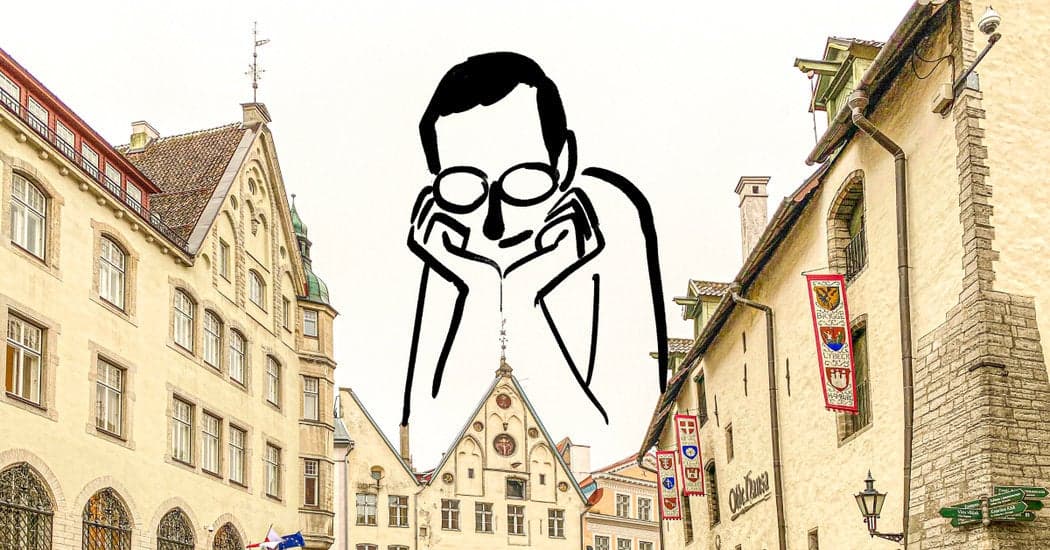Explore Connections
Discover resources that are connected to or have similarities with "Dispatch from Europe"
Young Europe 2025 - Youth Study
How do young individuals across Europe perceive their identity and political engagement in 2025?
Roundtable: Is Europe on the right track to tackle the housing crisis and provide affordable and sustainable homes to all?
How can Europe ensure accessible and sustainable housing for its most vulnerable populations?
European Affordable Housing Plan – Response to Call for Evidence
How can we ensure accessible living spaces while addressing environmental and economic challenges in Europe?
Housing affordability and sustainability in the EU
How can we ensure accessible and sustainable living options for all citizens in Europe?
Keine Profite mit der Miete
How can public and cooperative housing maintain affordability while ensuring quality management and services?
European Manifesto to Lead the Way out of the Housing Crisis
How can we ensure that everyone has access to affordable and sustainable housing in Europe?
The empty house: a window into Europe’s vacant property problem
How can Europe address the growing challenge of unoccupied residential properties amid housing shortages?
Schriftlicher Bericht des BMWSB zum deutschlandweiten Büroleerstand
How can we address the rising issue of vacant office spaces across Germany?
Housing policies in the European Union
How can European nations enhance their residential strategies to address housing challenges effectively?
